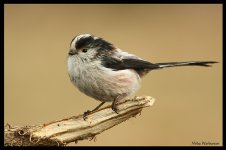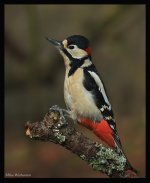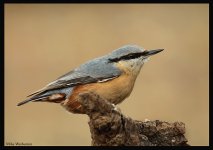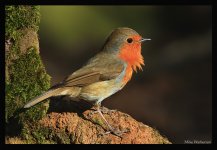Geoff Haynes
Well-known member
Hello, I am just starting out and my kit so far is a Canon 450D, 18-55 lens , 55-250 lens , Tokina AT-X840 AFII 80-400 lens and a Kenko AF 2x Teleplus MC7 DG Converter. Does any one have the Tokina lens ? What settings would i need on the camera , just for good starting out shots ? Would my equiptment be good enough to get some shots like the great ones in the gallery. Please remember i am a beginner and i would be gratefull for any help or advice on the basics please , Many thanks , Geoff.








